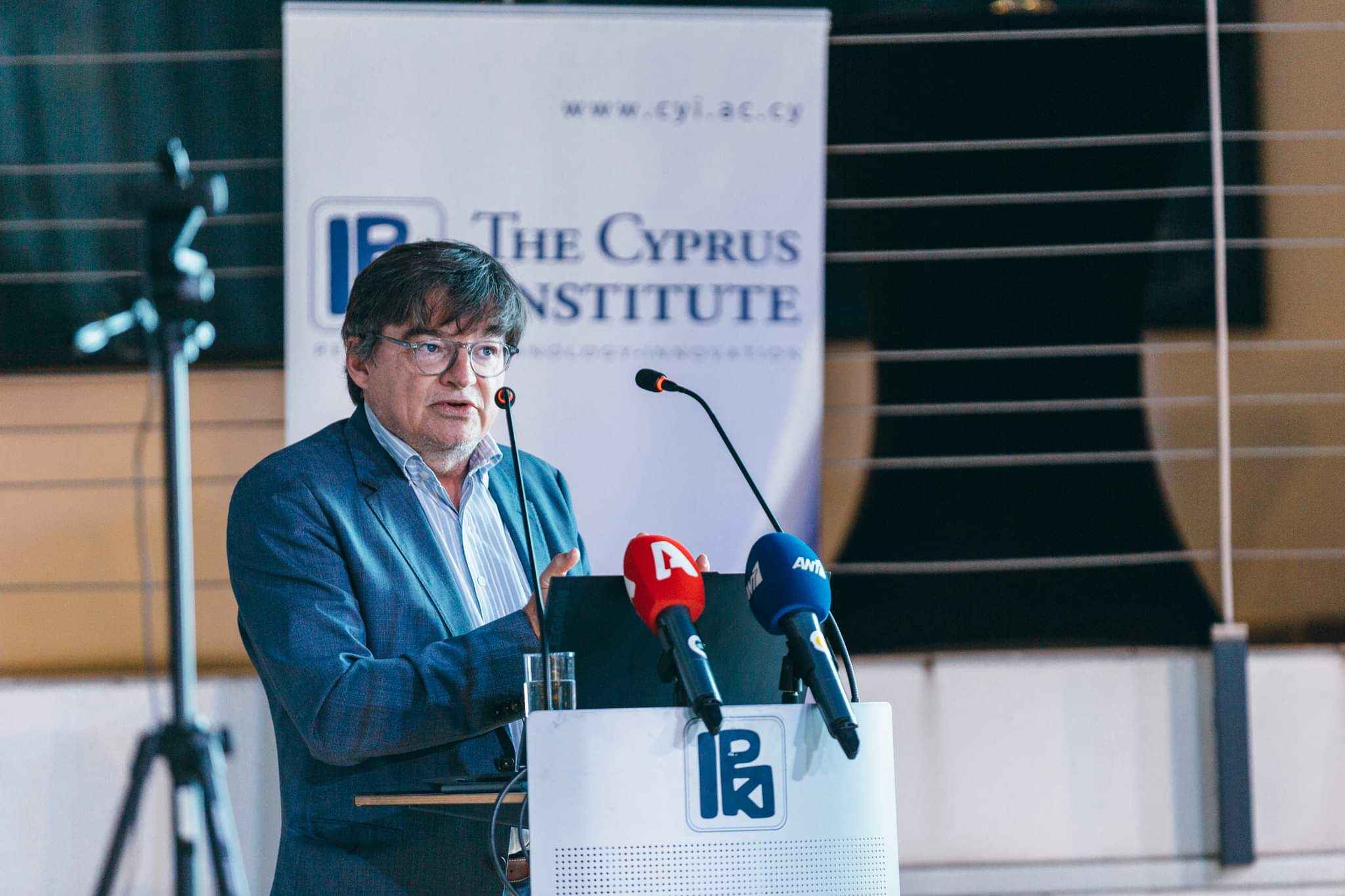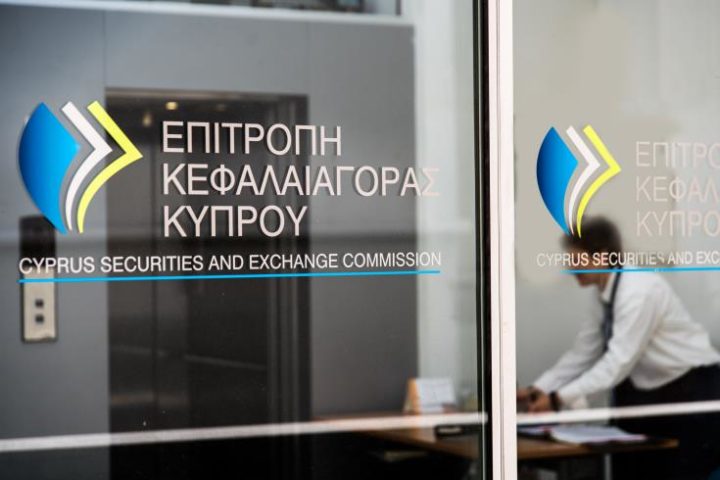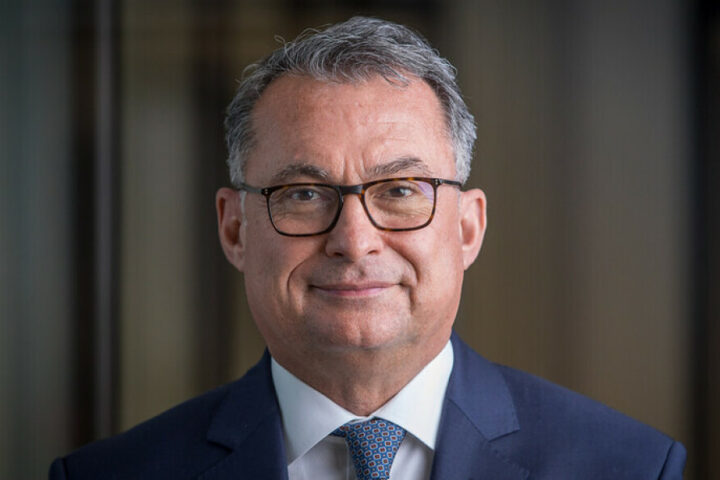The Financial Mirror interviewed econ-physics pioneer and world-renowned Paris-based statistical physicist Jean Philippe Bouchaud, Professor at École Normale Supérieure and founder and chair of Capital Fund Management (CFM)
He was recently in Cyprus for the Hubert Curien lecture at the Cyprus Institute.
How different is quantitative modelling for financial research from AI-learning?
Quantitative modelling is broader than AI learning. AI-learning is one tool among many which have advantages and drawbacks, so AI-learning has brought a lot in recent years in different compartments of quantitative modelling, but I don’t think this is the end of the game; this is just an extra tool which has to come with a lot of warnings because there can be a lot of dangers with using AI-learning without trying to understand what it does.
Are asset managers turning to AI models for projections, or do they employ algorithms to make provisions for future risk?
As I just said, AI models are just one of a set of tools, but clearly, as asset managers are using AI models for both predictions and projections and improving risk predictions, in a sense the AI can be used in all sorts of predictions and future risks is one of the predictions that you have to make when you are dealing with large portfolios, so this is in the toolbox but there many interesting tools that can be used to make quantitative predictions about future risk and correctly deal with the risk of complex portfolios.
Considering the current Ukraine-linked crisis, how ‘easy’ would this have been predicted and how far back? Did fund managers brace for a culmination of the crisis?
So here I am not particularly good, I think, for answering that question because the firm I am working in specialises in statistical methods, so the Ukraine crisis is one of many possible crises, all crises are different, and all crises are the same in a sense, so I think that it’s difficult to pinpoint exactly what is meant by predicted.
So, if one means are all models made to sustain what can happen in situations, the Ukraine crises being one of them, Covid being another one, 2008 being another one, and so on, I would say it is the goal of statistical methods to protect portfolios against such crises in general.
If one wants to try and understand a particular type of crisis, in particular the Ukraine one, I think we have to move to different kinds of models and, in particular, the kind of models that I’ve described during my lecture at the Cyprus Institute (CyI) in Nicosia which is using agent-based models.
I think agent-based models can be used to understand some kinds of crises, especially if they are used as scenario generators and read and interpreted with many different profiles around the table, trying to understand if the hypotheses are reasonable and if the outcome of these agent-based model makes sense.
So, I am thinking here, historians, philosophers and not only people from finance.
Do we need a new economic model to tackle the current situation and climate change?
I think we need new economic models again related to all these feedback loops and interactions related to the economic world, climate and geopolitical situations, and geopolitical tensions. So the end game is it’s possible is to have a model way where you can account for all these things interacting together.
This will be a long term research effort, and I don’t think it will come out very soon. But, still, there is clearly something to be done to try to link together all these factors, especially the long ones and try to put them into the computer simulation that makes an unknown factor more visible, and if we don’t have the tools to foresee them as I have indicated during my lecture at the Cyprus Institute in Nicosia, that agent-based models and models, in general, are there to open our eyes and see things that we wouldn’t see without the models. So hence, it’s a kind of catalyst imagination that we need to foresee crises.
So, one of the main challenges, for now, I agree, is Climate Change. But, I think it’s totally feasible to integrate as much as possible climate change models with microeconomic models, and this, I think, is the first thing to be done.
Going to geopolitical risks is going to require, yes, not a set of knowledge and skills, and here again, I am repeating what we said earlier, we need all sorts of different cultures to sit around the table or work together in the lab and come up to what is needed to answer these questions.
I often speak of the Los Alamos project for the atomic bomb for World War II, where scientists of different cultures came together and worked on the same project.
I think that to create an economic model that would really be a generation-full model in a sense that is much beyond the ones we have at our disposal now, we really need a worldwide global effort and put scientists of different cultures and origins in the same lab for a year or two or maybe more and come up with solutions.










